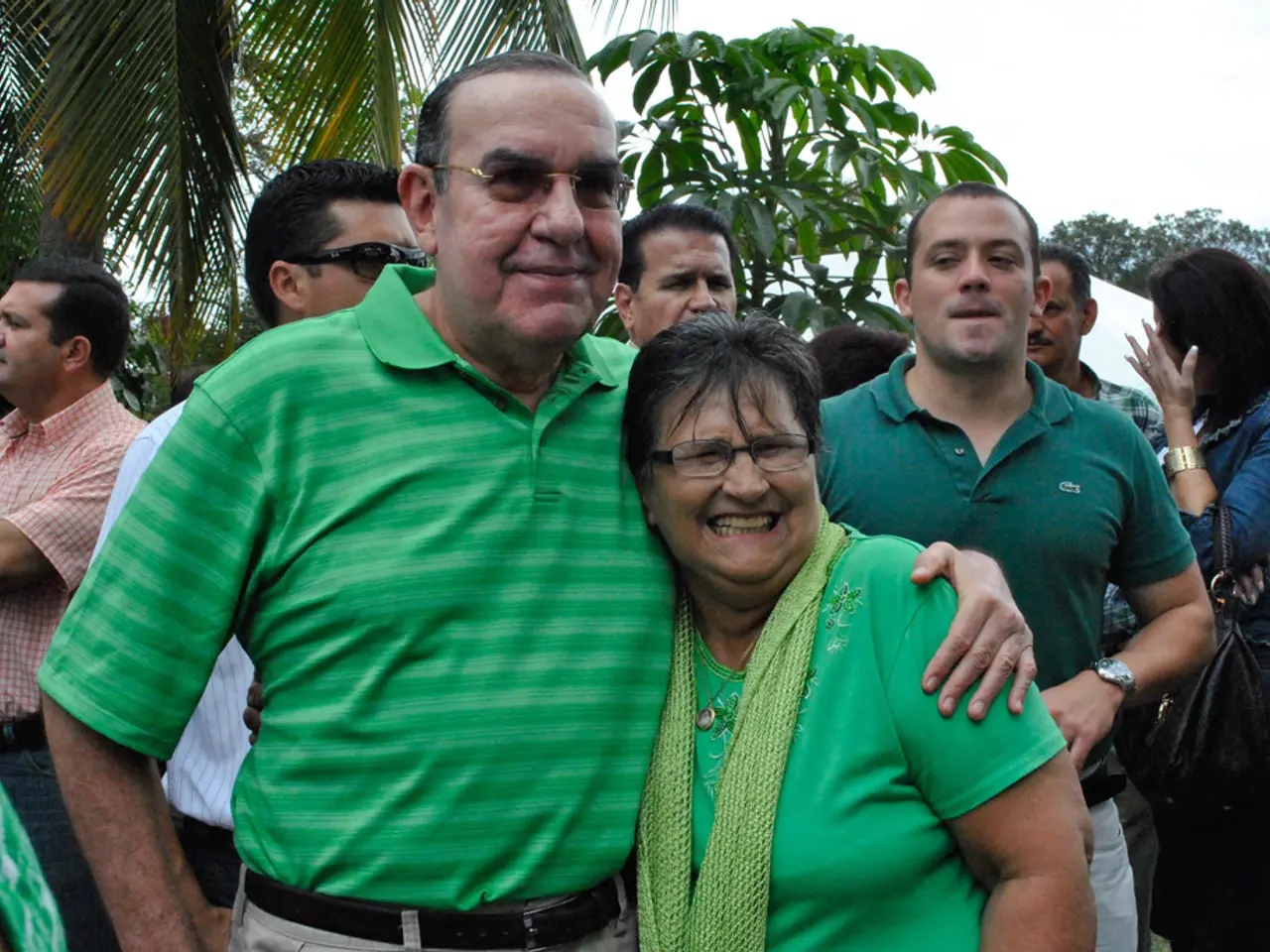Discover the comfort and tranquility of living in this Asian nation, known for its vibrant culture and laid-back lifestyle, ideal for a serene retirement.
The Philippines, a Southeast Asian nation known for its endless sandy beaches, colorful reef diving, and turquoise waters, is becoming an increasingly popular destination for early retirees seeking a more affordable lifestyle.
The Special Resident Retiree's Visa (SRRV), issued by the Philippine Retirement Authority (PRA) in Metro Manila, is the country's flagship retirement visa. This visa caters to retirees aged 35 and over, with no pension requirements but a $20,000 bank deposit. For those who require medical care, the SRRV Human Touch visa is available, with a $10,000 deposit and proof of health insurance.
The Philippines is home to several popular expat hubs, including Manila, Cebu, Dumaguete, Davao, and Subic Bay. Among these, Dumaguete, located on Negros Island, boasts the highest number of expatriates as a percentage of the population.
Living costs in the Philippines are significantly lower than in the U.S., with monthly expenses for a couple ranging from $1,200 to $2,500. This affordability is one of the reasons the Philippines is an attractive destination for retirees from countries like the U.S., China, Japan, Korea, Britain, and Australia.
The Philippines' low cost of living, combined with its tropical climate and English-speaking locals, makes it an ideal retirement destination. However, it's important to note that the country struggles with infrastructure and medical care compared to other parts of Southeast Asia.
The National Health Insurance Program, PhilHealth, provides subsidized care to all citizens and registered foreign residents, including SRRV and FIV holders. Private health insurance is highly recommended for retirees to ensure comprehensive access and financial protection for major medical needs.
Another route for foreign investors is the Foreign Investment Visa (FIV). This visa requires a qualifying investment of typically $75,000 to $100,000. The application process is fast, usually approved within five business days after submission of all required documents and proof of investment.
The Philippines is particularly vulnerable to climate change, including sea level rise, typhoons, and flooding. Despite these challenges, the country's high literacy rate and nearly 80% Catholic population contribute to a rich cultural experience.
Traveling to the Philippines is convenient, with nonstop flights from Los Angeles taking approximately 15 hours on Philippine Airlines or Cathay Pacific. As a U.S. citizen, you can visit the Philippines visa-free for 30 days.
In conclusion, the Philippines offers an affordable place to retire with relatively low barriers to entry. With its tropical climate, English-speaking locals, and active expat community, it's no wonder the Philippines is becoming an increasingly popular retirement destination.
Read also:
- Peptide YY (PYY): Exploring its Role in Appetite Suppression, Intestinal Health, and Cognitive Links
- Toddler Health: Rotavirus Signs, Origins, and Potential Complications
- Digestive issues and heart discomfort: Root causes and associated health conditions
- House Infernos: Deadly Hazards Surpassing the Flames








